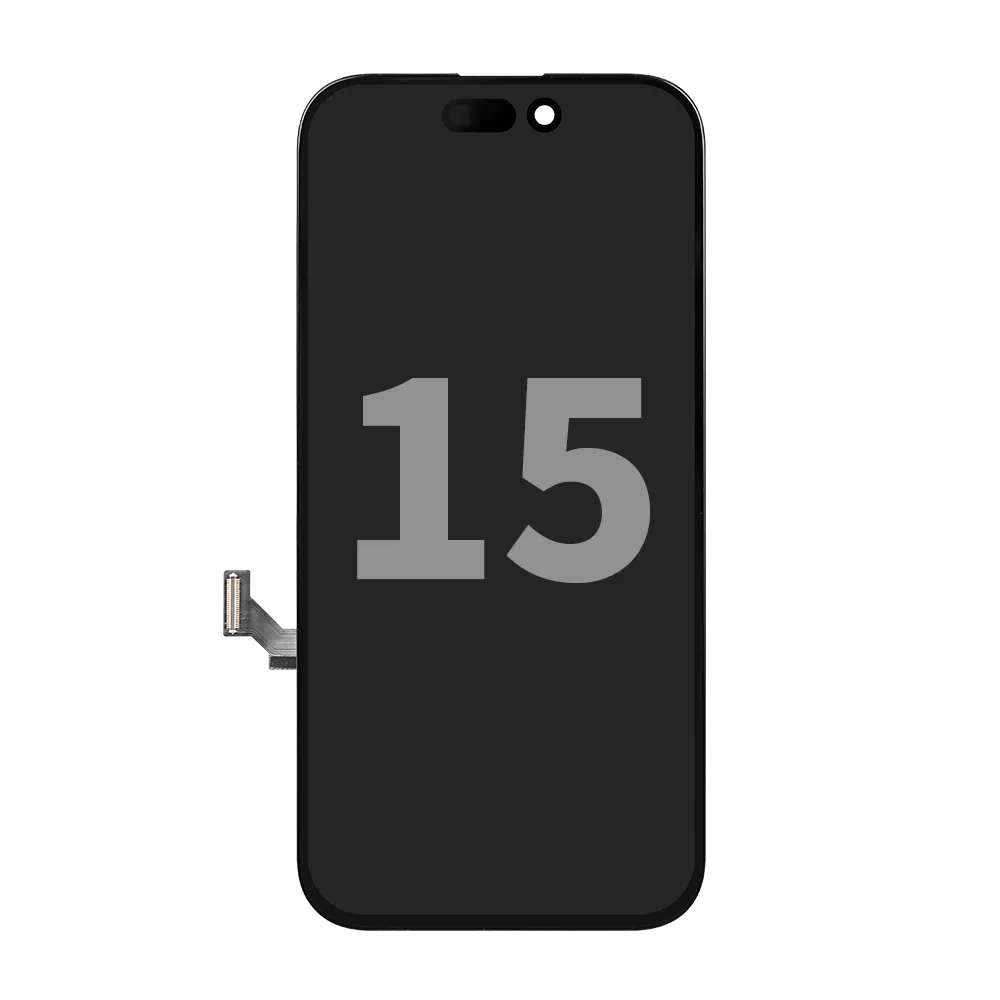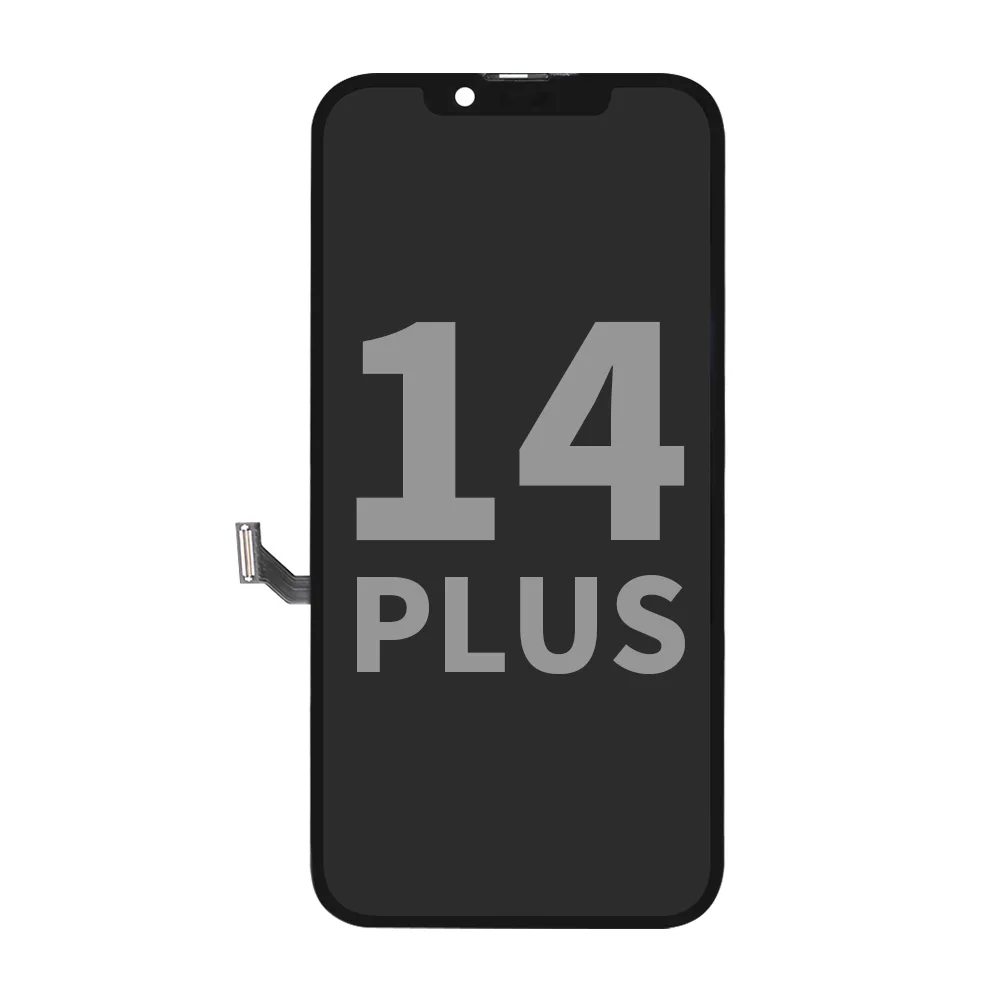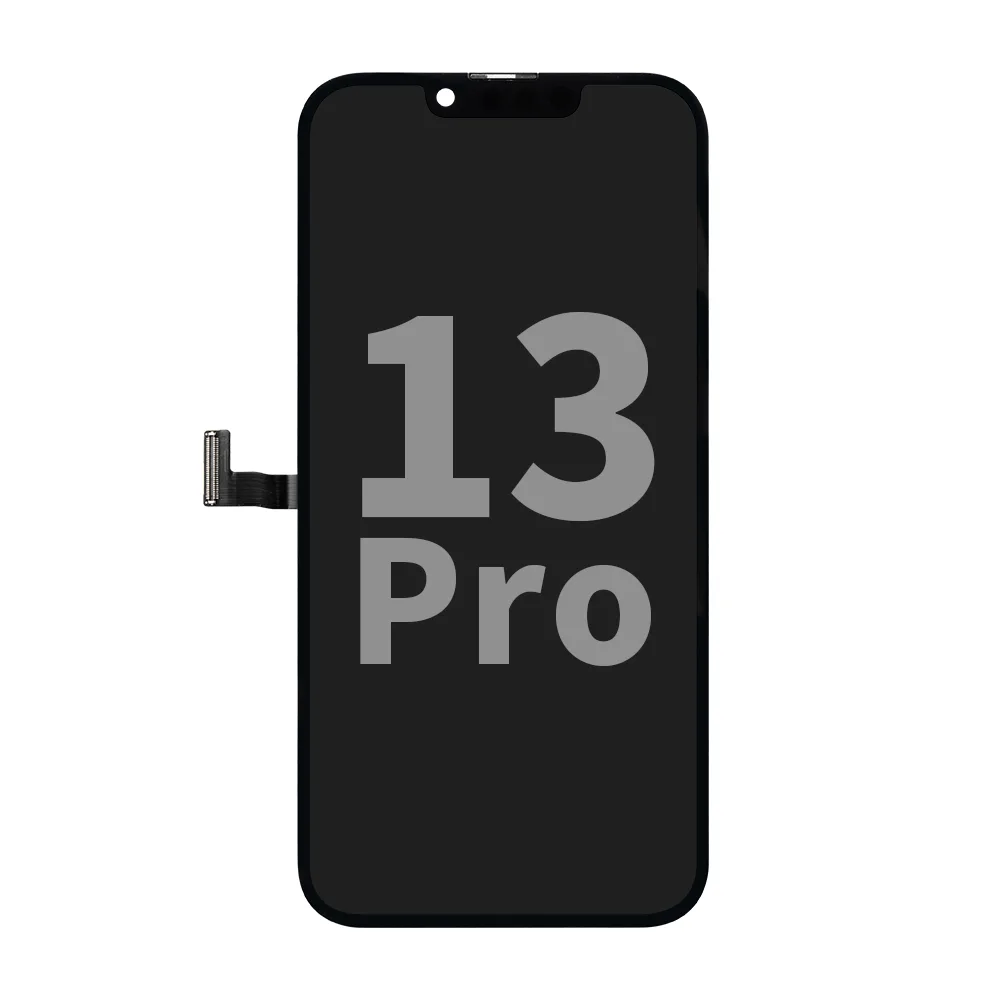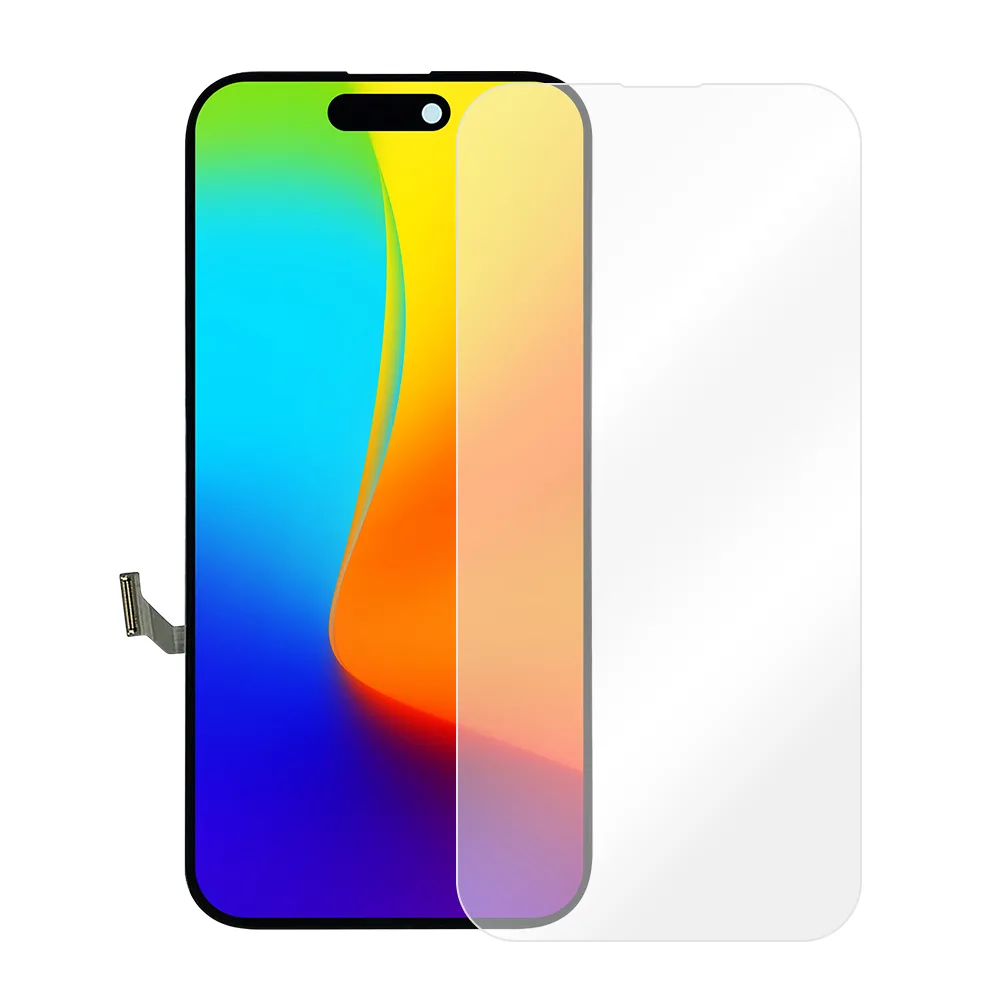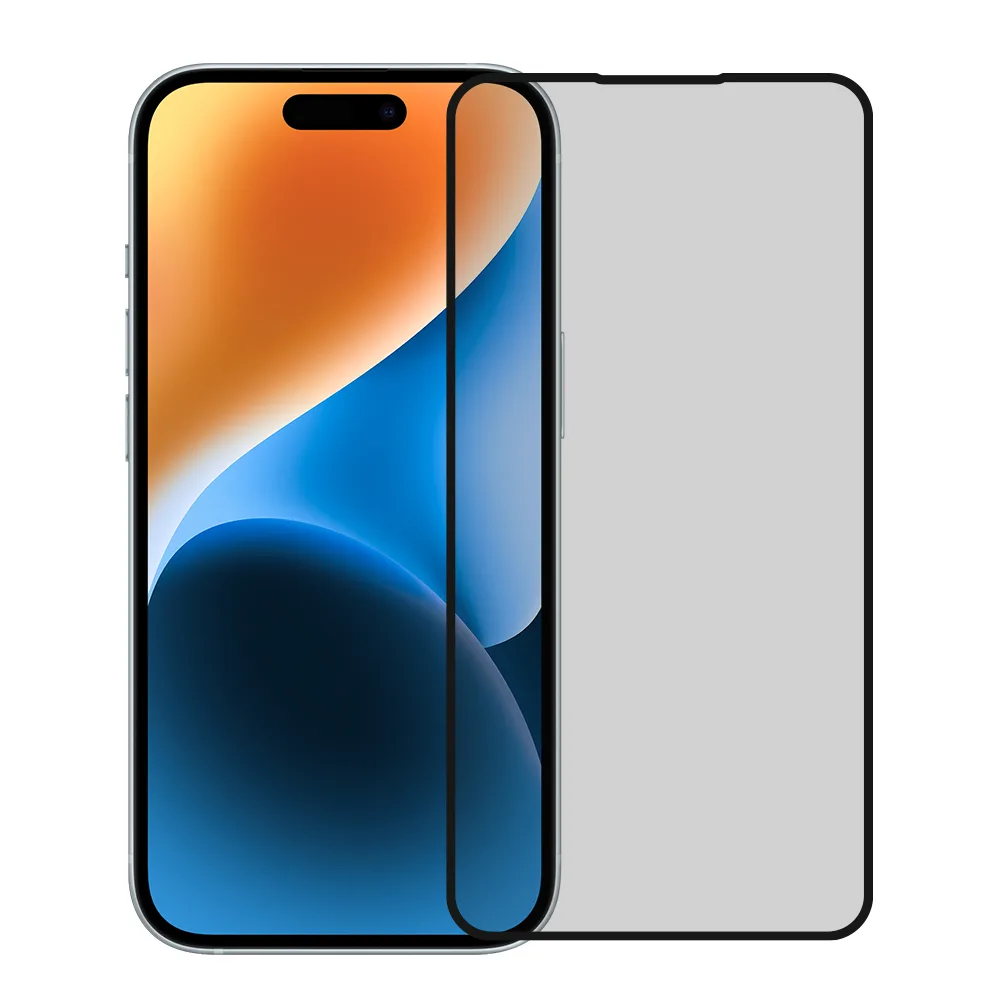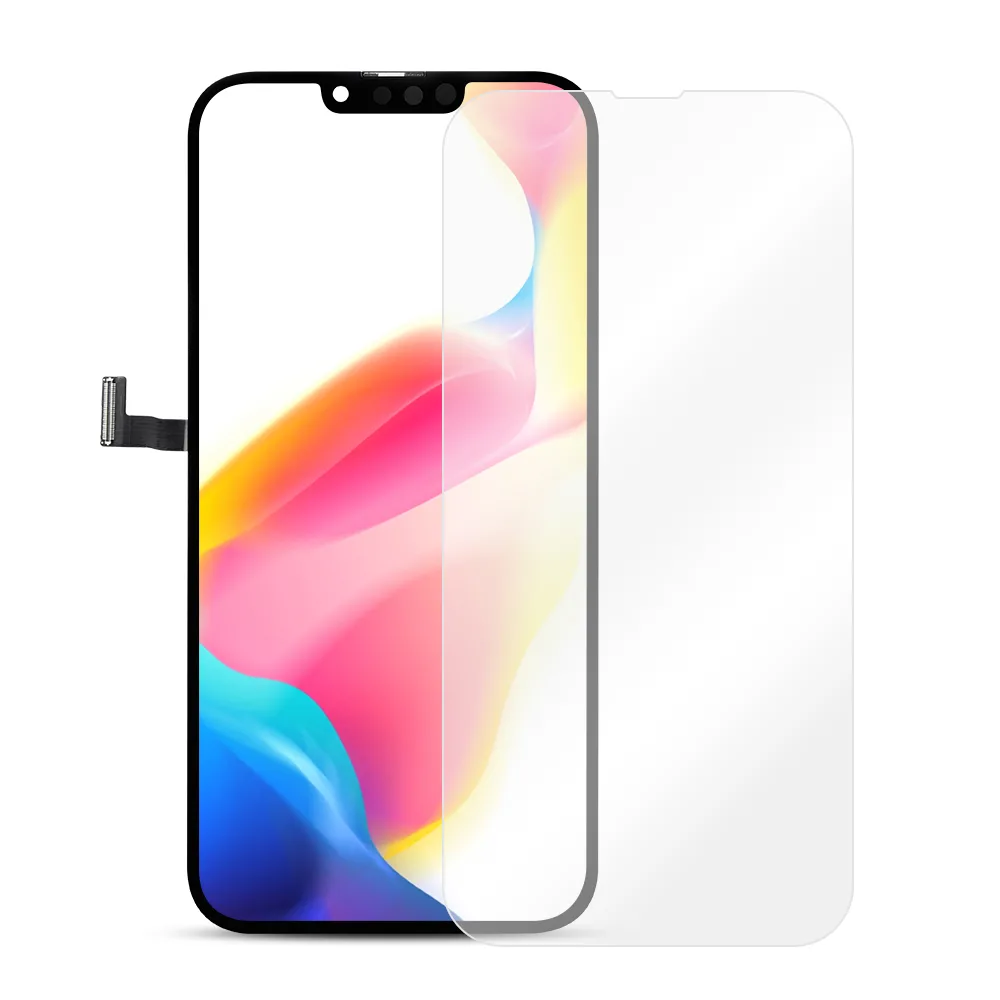Fingerprint recognition technology has become the most widely used biometric recognition technology in the smart terminal market and mobile payment market. Among the various fingerprint recognition technologies available, NCC Screen supports the mainstream options: capacitive, optical, and ultrasonic.
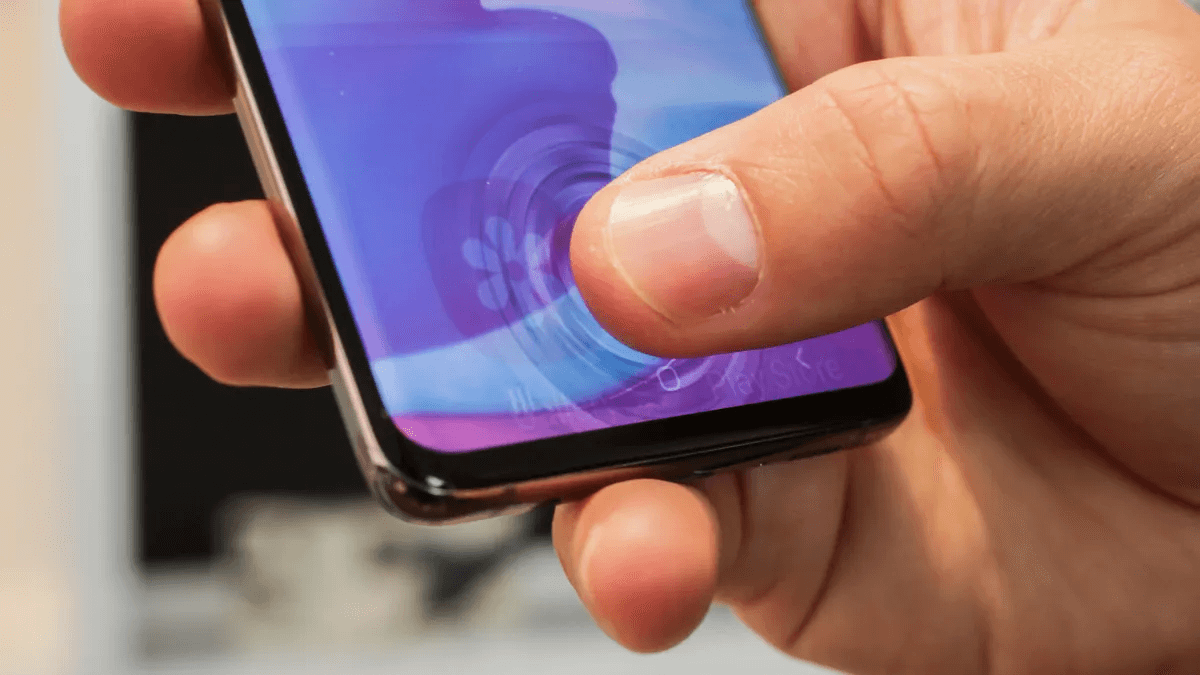
Capacitive fingerprint recognition technology
Capacitive fingerprint recognition technology is the earliest form of fingerprint recognition. It relies on the contact between the silicon wafer and the electrolyte on the skin to create an electric field. The sensor records the unique pattern of the fingerprint, allowing users to unlock their devices. Capacitive fingerprint recognition requires a medium for transmission, such as a button. commonly found on the back of smartphones, capacitive scanners have now found a new home with side-mounted power buttons. Notable devices like the Google Pixel tablet and the OnePlus Open and Galaxy Z Fold 5 foldable smartphones utilize capacitive scanners for fingerprint recognition. With the advent of full-screen smartphones, manufacturers have incorporated rear or side button fingerprint unlocking. This technology also requires dry fingers, making it unlikely to unlock the phone with a wet hand. As a result, there are few mobile phones on the market today that use capacitive fingerprint recognition.
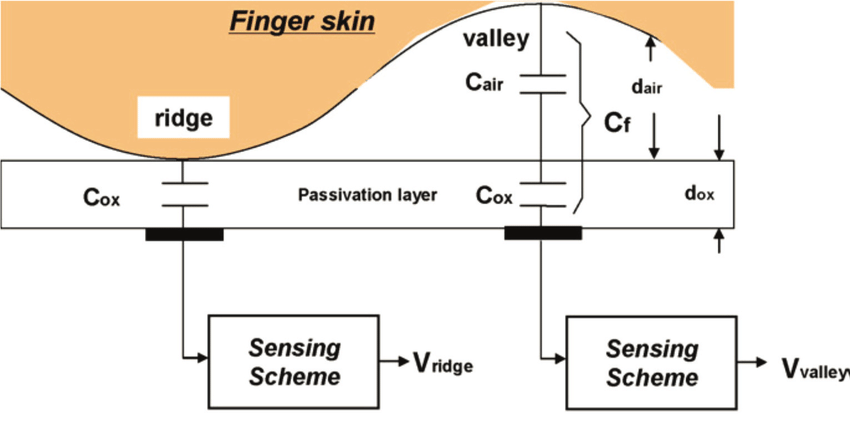
Capacitive scanners employ arrays of tiny capacitor circuits to collect data. By connecting these capacitors to conductive plates on the scanner’s surface, the details of a fingerprint can be tracked. When a finger’s ridge is placed over the conductive plates, the stored charge in the capacitors is slightly altered. Conversely, an air gap leaves the charge relatively unchanged. An op-amp integrator circuit tracks these changes, which are then recorded by an analog-to-digital converter.
By creating a large array of capacitors, capacitive scanners can generate highly detailed images of fingerprint ridges and valleys. The number of capacitors directly affects the resolution and level of security. Early implementations of capacitive scanners used “swipe” scanners to reduce the number of capacitors required. However, this method proved to be finicky and often required multiple attempts to scan accurately. Fortunately, modern capacitive scanners have adopted a simple press-and-hold design, improving user experience and reliability.
Optical fingerprint recognition technology
Optical fingerprint recognition technology is a popular choice for fingerprint unlocking. It represents a significant advancement compared to capacitive fingerprint recognition by moving the fingerprint recognition to the screen, saving space on the phone. The principle behind optical fingerprint recognition is simple: it utilizes the reflection and refraction of light. When the finger is pressed on the screen, the screen emits a bright light to illuminate the fingerprint, it captures an optical image, essentially a photograph, of your fingerprint. The scanner then uses algorithms to detect unique patterns on the surface, such as ridges or marks, by analyzing the lightest and darkest areas of the image. The reflected and refracted light is then transmitted to the sensor below the screen for recognition, enabling fingerprint unlocking.
Optical fingerprint recognition technology is becoming mature, and most mobile phone manufacturers use it. However, optical fingerprint recognition may face difficulties in unlocking fingerprints when the hands are wet or when a tempered glass film is applied. These situations are caused by the refraction of light. Water or a tempered film intensifies the degree of light refraction, leading to unlocking failure. To overcome this, many mobile phone manufacturers recommend using appropriate phone films that are sensitive to pressure, such as NCC tempered film, to avoid fingerprint failure.
Another major drawback is that the optical fingerprint recognition technology are relatively easy to fool. Since the technology only captures a picture of your fingerprint, prosthetics and even high-quality pictures can be used to deceive this particular design. Therefore, on its own, this type of scanner isn’t secure enough to entrust with your most sensitive details. As a result, the industry has moved on to more secure hybrid solutions.
To meet the increasing demand for tougher security, many smartphones have adopted superior capacitive and optical-capacitive hybrid scanners. These scanners combine an optical image of your fingerprint with capacitive sensing to detect the presence of a real finger. This hybrid approach provides a higher level of security compared to optical scanners alone. Moreover, the falling cost of technology has made these hybrid alternatives viable for mid-range products as well.
With the trend of small bezel designs in smartphones, you’ll find smaller optical sensors embedded underneath the display glass. These sensors require only a small area footprint, making them more convenient for users. Some models on the market can even operate successfully under 1mm of glass and with wet fingers, which can pose challenges for capacitive alternatives. It’s clear that hybrid optical scanners are here to stay.
Ultrasonic fingerprint recognition technology
The concept behind ultrasonic fingerprint scanners is fascinating. Unlike traditional capacitive scanners, which rely on electrical currents to detect fingerprints, ultrasonic scanners use sound waves to capture the unique details of a fingerprint. When a finger is placed on the scanner, an ultrasonic pulse is transmitted against the skin. Some of this pulse is absorbed, while the rest is bounced back to the sensor. The intensity of the returning pulse is then measured at different points on the scanner, allowing for the creation of a detailed 3D reproduction of the fingerprint. Compared to capacitive and optical fingerprint recognition technologies, ultrasonic fingerprint recognition uses three-dimensional recording and sound wave transmission, eliminating the need for highly detailed finger information. This means that even with wet hands, stained fingers, or a wet screen, the phone can be unlocked without any loss of sensitivity.
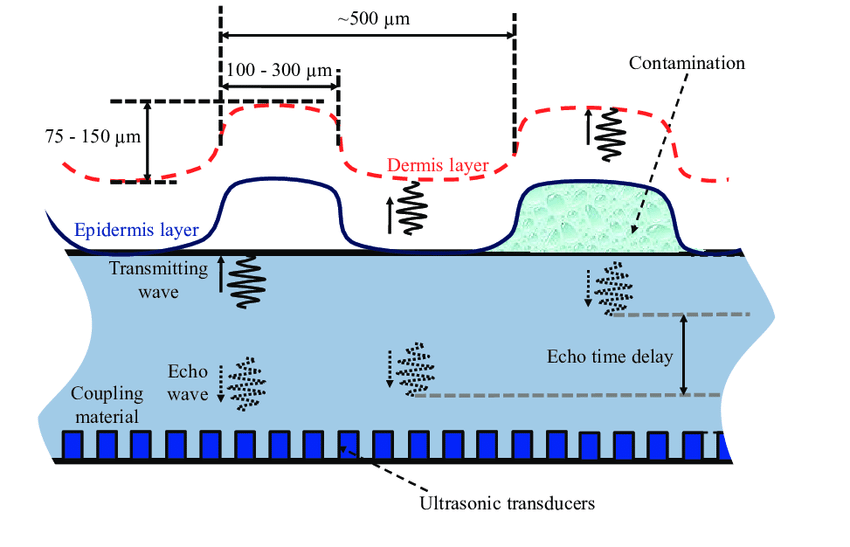
Additionally, when entering a new fingerprint, there is no need for repeated entries. Simply pressing the fingerprint recognition area lightly allows the fingerprint to be entered once, enabling multiple unlocks. Ultrasonic fingerprint recognition technology provides a solution to the common problems faced by capacitive and optical fingerprint recognition technologies. It minimizes the requirements for finger details while improving security. However, ultrasonic fingerprint recognition is still an off-screen technology. When a phone is attached to a tempered glass film, the pressure conduction may be partially blocked, leading to occasional unlocking failures.
Despite its advantages, ultrasonic fingerprint recognition technology has a higher cost, relatively immature technology, and a lower market share compared to optical off-screen fingerprint recognition. Currently, optical fingerprint recognition dominates the market, ultrasonic scanners are just predominantly found in premium smartphones. Both ultrasonic and optical-capacitive technologies have their pros and cons, and they are likely to coexist as viable choices for in-display fingerprint scanners in the years to come. However, it may take some time for ultrasonic scanners to become more affordable and accessible to a wider range of smartphones.

